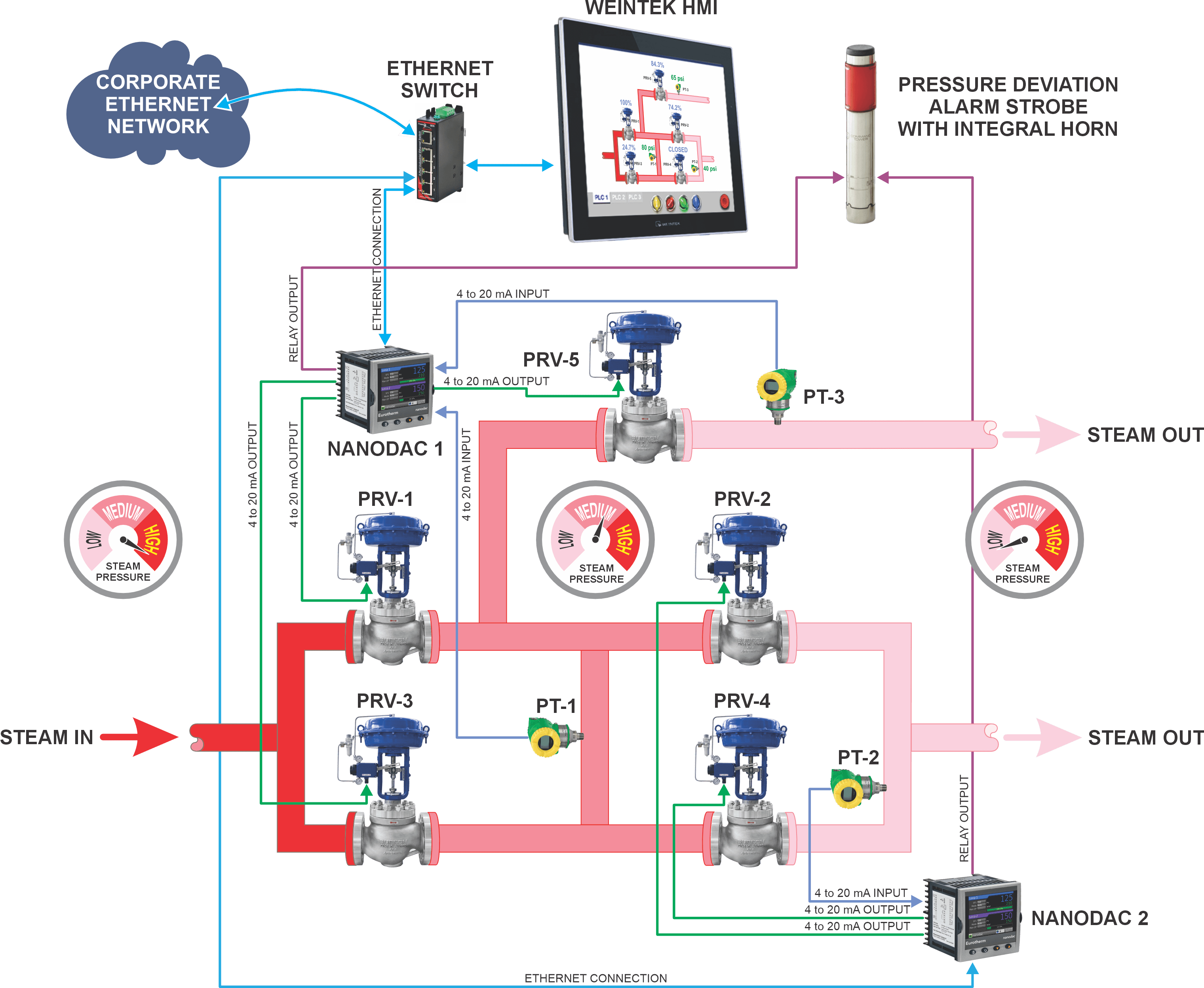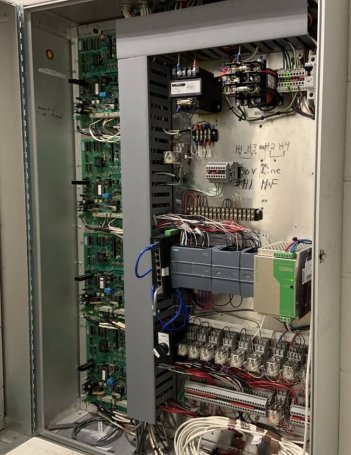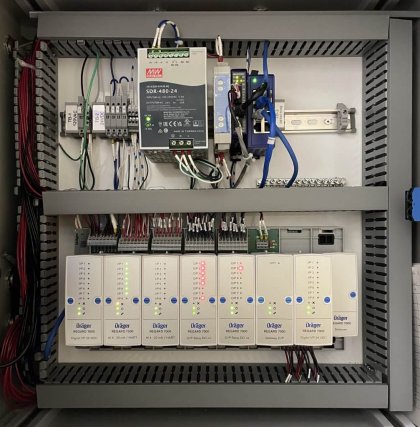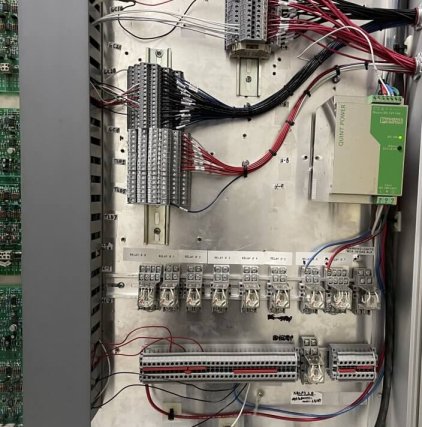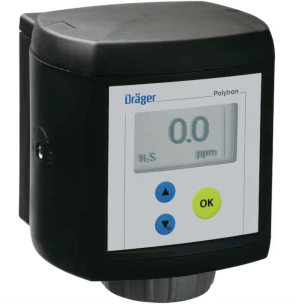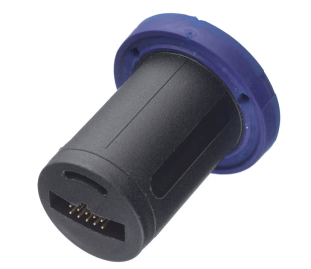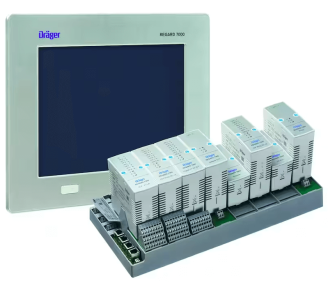A pharmaceutical customer in Pennsylvania required a solution to help monitor toxic, flammable, and O2 depleting gases in their laboratory. They need the ability to change the sensors depending on what gases are being detected at the time; in this case – oxygen (O2) and Silicon Tetrachloride (SiCl4). The detectors they have are permanent, meaning that once they install the unit, they have to replace the entire thing to sense a new gas— a very inconvenient and costly task.
Not only that, but their existing system was a rat’s nest of wires with little to no drawings. It was retrofitted so many times to the point where nobody understands how the system functions anymore. In fact, the customer was having a difficult time finding anyone with the knowledge and expertise to help them. That is when the Neal Systems team came to help.
